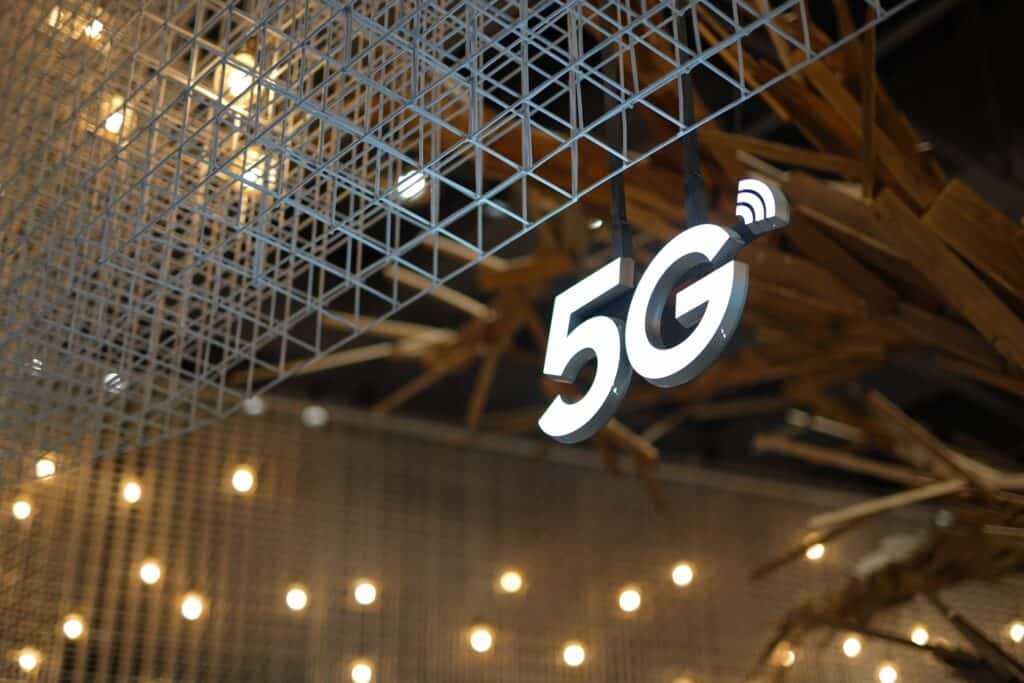With the Advent of 5G era, Teflon PTFE Market Will Re-enter the Growth Period
As the fifth-generation mobile communication technology, 5G has better performance than 4G and has the advantages of high speed, high stability, low latency, high spectrum utilization, and excellent scalability. High-frequency transmission technology is one of the critical technologies of 5G wireless communication. High-frequency transmission technology can effectively increase the availability of frequency band resources and enhance the technical requirements of 5G wireless communication technology for network development. To achieve high-frequency transmission, materials with low dielectric constant and low dielectric loss must be used.
5G requires low dielectric materials with a dielectric constant between 2.8 and 3.2. Low dielectric constant materials are mainly used for antenna materials, circuit board materials, cover plate materials, and housing materials of 5G mobile phones. Currently, the primary low dielectric constant materials are PTFE, PPO, LCP, and PI (or MPI). Among them, PTFE, as one of the elements with the lowest dielectric constant among organic materials, will be widely used in the field of 5G communication, such as base station filters, high-frequency, high-speed PCB / FPC, 5G chip manufacturing process, and high-frequency connectors, cables and other areas.
The application of PTFE in high-frequency PCB in 5G field
In mobile communication base stations, the printed circuit board (PCB) copper-clad laminate is the core substrate of the printed circuit board. The copper-clad laminate (CCL) is made of petroleum wood pulp paper or glass fiber cloth as a reinforcement material, impregnated with resin, single-sided, or A plate-like material covered with copper foil on both sides and hot pressed. CCL material is the primary material for printed circuit board (PCB) production. It is mainly used to make PCBs, which play the role of interconnection, insulation, and support for PCBs. PCBs processed from high-frequency copper-clad substrates are widely used as the most fundamental connection devices in the 5G field. At present, epoxy resin glass cloth-based copper clad laminates are commonly used in PCBs in the 4G communication field, with Df values above 0.01, while the 5G field is mainly in the micrometer and millimeter-wave applications. For the dielectric constant and dielectric loss under high-frequency and high-speed conditions There are higher requirements, usually requiring low dielectric steady resin Df less than 0.005, and PTFE as the most inferior dielectric constant polymer material found so far, Df value is below 0.002, showing excellent dielectric in copper-clad laminate performance.
The application of PTFE in radio frequency transmission in the field of 5G
The coaxial cable in the communication field refers to a cable with two concentric conductors, and the conductor and the shield layer share the same axis. The most common coaxial cable consists of copper conductors separated by insulating material. On the outside of the inner layer of insulating material are another layer of the ring conductor and its insulator. Then the entire cable is covered by a sheath of PVC or PTFE material. PTFE has outstanding electrical insulation. It has a low dielectric constant and small loss factor in a wide range of operating temperature and frequency. Besides, expanded PTFE material (e-PTFE) can be produced by unidirectional stretching and bidirectional stretching. The dielectric constant can be further reduced; the volume resistivity and surface resistivity remain competent, in addition, the glass transition temperature is not affected by the external temperature. PTFE’s excellent properties of low moisture absorption, electrical performance stability, and chemical inertness are very suitable for data transmission cables that require low attenuation.
Application of PTFE in 5G base station antenna filter
The development of 5G communication will also bring about a continuous increase in the demand for filters. At present, the 5G filters used by significant communication equipment vendors are still mainly based on metal cavity filters. Many PTFE components are used in metal cavity filters to support The effect of insulation and heat insulation is generally processed by PTFE rod or directly molded. The metal cavity filter of 5G communication is more compact, the internal structure will be more, and the amount of PTEF is also higher than that of 4G.


